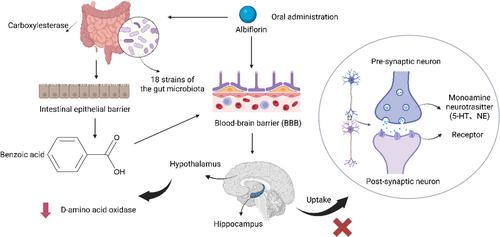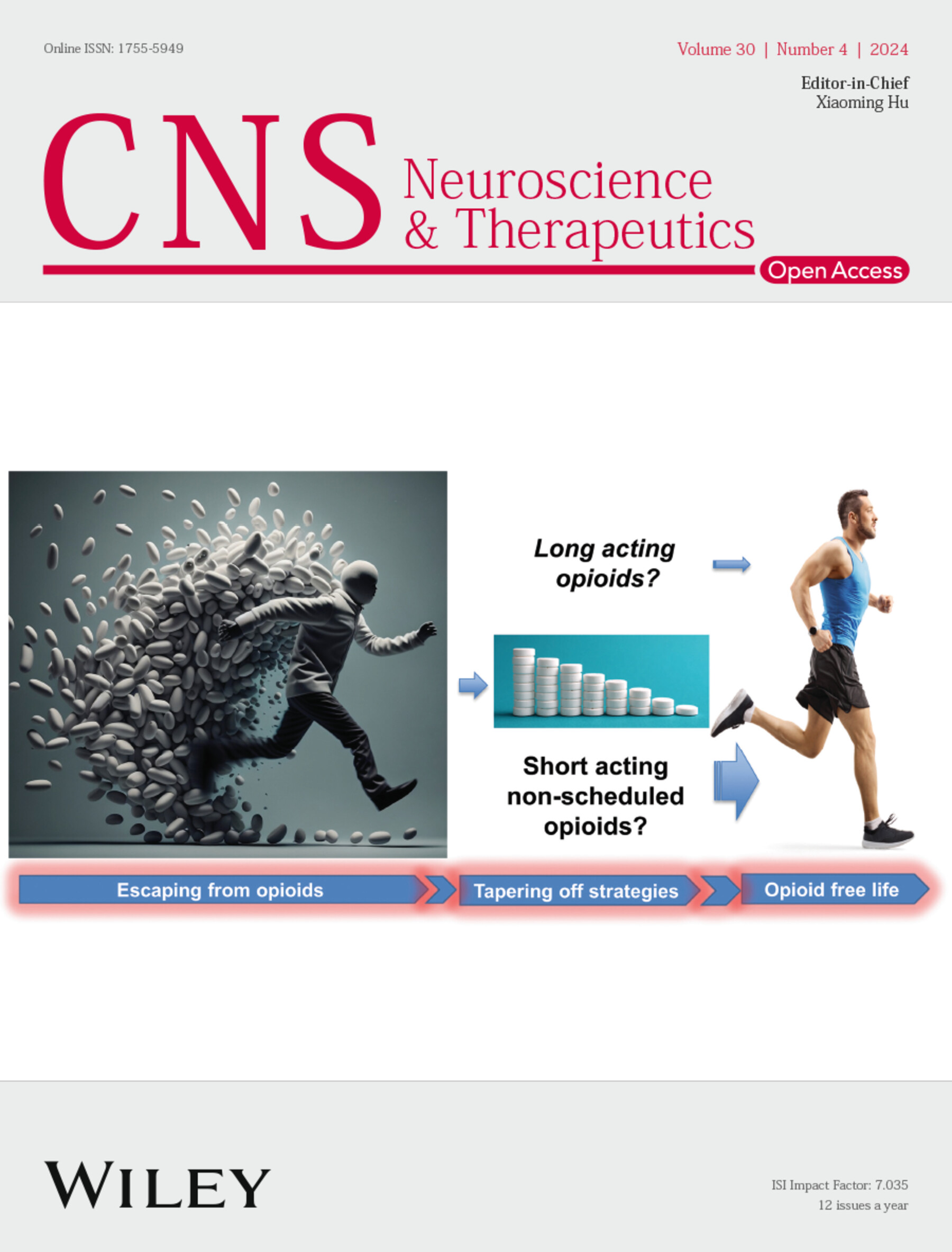Albiflorin on Neuropsychiatric and Neurodegenerative Disorders: A Systematic Review
Abstract
Aims
Albiflorin, a key compound from Paeonia lactiflora, has shown therapeutic potential in neuropsychiatric and neurodegenerative disorders (NPDs and NDDs), especially depression and Alzheimer's disease (AD). This review aimed to summarize its pharmacological effects, mechanisms, pharmacokinetics, and therapeutic prospects.
Discussion
Albiflorin exhibits multi-target actions, including modulation of monoamine neurotransmitters, inhibition of neuroinflammation, and enhancement of neuroplasticity. In AD, it reduces Aβ accumulation, improves mitochondrial function, and activates MAPK/ERK and Nrf2/HO-1 signaling pathways. In depression, it restores phospholipid and tryptophan metabolism, regulates HPA axis function, and increases BDNF expression. Albiflorin crosses the blood-brain barrier (BBB) and may act indirectly via the gut-brain axis through its metabolite benzoic acid. Though brain concentrations are low, its pharmacological effects remain significant. Albiflorin also shows potential benefits in conditions like cerebral ischemia and hypoxic-ischemic brain injury. Toxicological data indicate low systemic toxicity and good safety margins in vivo and in vitro.
Conclusions
Albiflorin demonstrates promising therapeutic potential for NPDs and NDDs via multi-pathway regulation. However, further studies are needed to optimize brain delivery, understand gut microbiota interactions, and confirm efficacy through clinical trials. The advancement of formulation strategies and pharmacokinetic research will be considered key to achieving clinical translation.


 求助内容:
求助内容: 应助结果提醒方式:
应助结果提醒方式:


